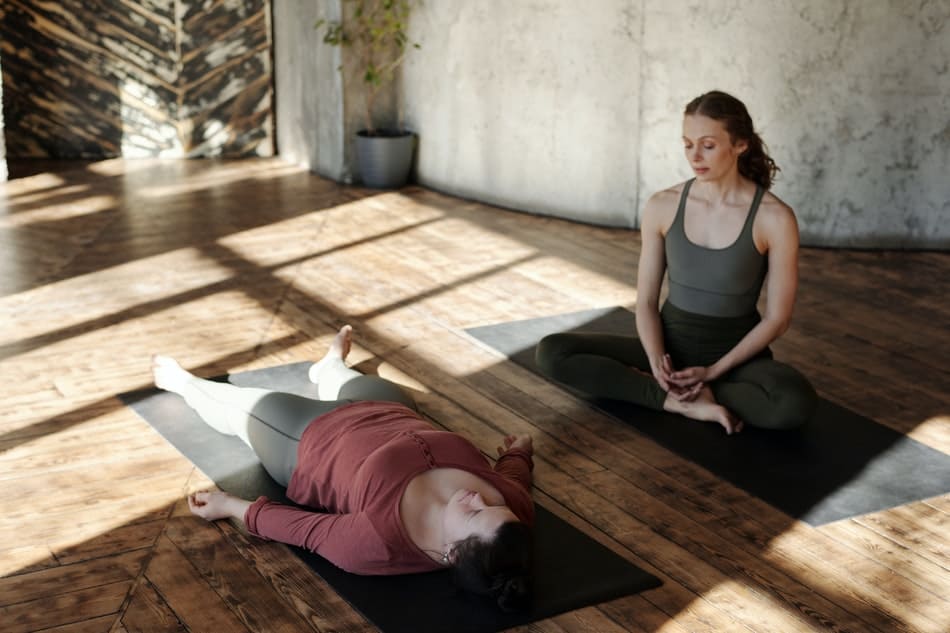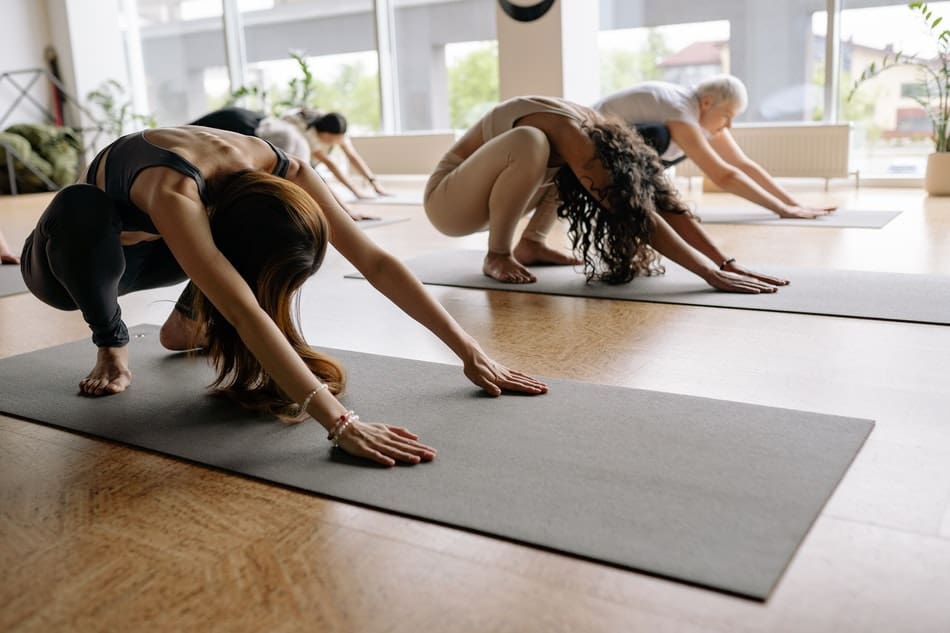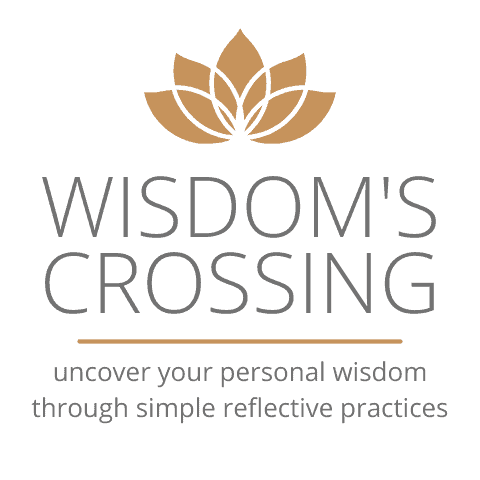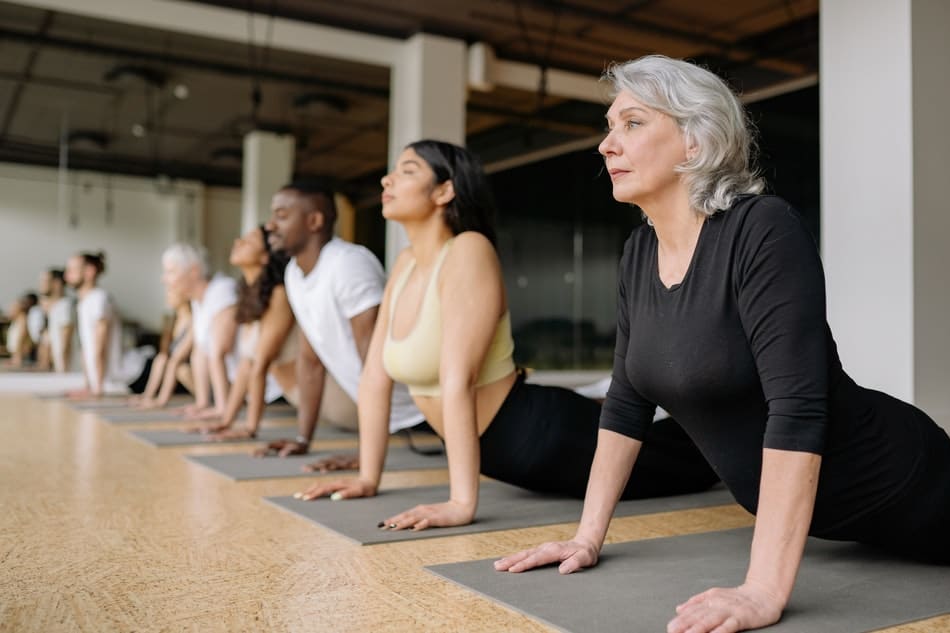There is a lot of confusion surrounding the question, what is the difference between Yin and Restorative Yoga. Some people think that they are the same thing, while others believe that they are two very different practices. In this article, I will explore the differences between these two types of yoga and help you decide which one is right for you!
So, what is the difference between yin and restorative yoga? Yin yoga focuses on stretching the connective tissues, such as the ligaments and tendons, while restorative yoga focuses on relaxation and stress relief. Both styles of yoga can be beneficial for your health.
What Is Yin Yoga?
This is a type of slow-paced yoga that focuses on deepening the stretch to target the connective tissues. This type of yoga is said to be beneficial for overall joint health, and can also help to improve flexibility. Yin yoga poses are usually held for longer periods than in other types of yoga, which can help to promote a deeper stretch.
In addition, yin yoga is said to help promote a sense of calm and relaxation. If you’re looking for a way to add some extra stretching into your routine, yin yoga may be a good option for you!

What Is Restorative Yoga?
Restorative yoga is a type of yoga that emphasizes relaxation and stress relief. It is often practiced using props such as blankets, pillows, and bolsters to support the body in various positions. Restorative yoga can be beneficial for both the mind and body, providing a way to release tension and promote healing.
If you’re looking for a way to relax and de-stress, restorative yoga may be right for you. This type of yoga uses props to support the body in various positions, which can help you achieve a deep sense of relaxation.
Differences Between Yin and Restorative Yoga
Yin yoga and restorative yoga are both practices that focus on stillness and grounding. However, there are several key ways in which they differ. Here are five of the most significant differences between yin and restorative yoga:
Poses
First, yin yoga postures are usually held for a much longer period than restorative yoga postures. Whereas you might hold a restorative posture for anywhere from one to five minutes, in yin yoga, you typically hold each posture for three to five minutes or even longer. This allows you to sink deeply into the stretch and let go of muscular tension.
Flexibility
Second, yin yoga poses target the deep connective tissues of the body, such as the ligaments, joints, and bones, whereas restorative yoga poses target the muscles. This means that yin yoga is a great practice for increasing flexibility and joint mobility, while restorative yoga is more focused on relaxation and stress relief.
Props
Third, yin yoga often incorporates props such as blankets, bolsters, and blocks to support the body in each posture. This helps you to maintain proper alignment and prevents you from overstretching. In contrast, restorative yoga generally uses fewer props and instead relies on the use of gravity to help you sink deeply into each pose.
Focus
Fourth, yin yoga practices are typically slower-paced and more meditative than restorative yoga practices. This allows you to focus on your breath and connect with your body.
Environment
Finally, yin yoga is often done in a cooler environment than restorative yoga. This helps to prevent you from overheating and promotes deep relaxation.
So, if you’re looking for a practice that will help you to increase flexibility, joint mobility, and focus on your breath, then yin yoga might be the perfect practice for you. However, if you’re looking for a more relaxing and stress-relieving practice, then restorative yoga might be a better fit. Whichever type of yoga you choose to practice, make sure to listen to your body and go at your own pace.

Is It Okay To Do Yin And Restorative Yoga Everyday?
The short answer is yes, you can do Yin and Restorative yoga every day. These two types of yoga compliment each other perfectly and can create a well-rounded practice.
Yin yoga postures are held for more minutes. This type of yoga is perfect for calming the mind and relaxing the body. Restorative yoga is also a very relaxed form of yoga that uses props to support the body in each pose. This type of yoga is ideal for reducing stress and tension.
Together, these two types of yoga can provide an excellent balance for your practice. If you find yourself feeling stressed or anxious, a Yin class can be the perfect way to wind down. And if you’re feeling tired, a Restorative yoga class can help you recharge and rejuvenate.
How To Do Yin Yoga
Yin yoga is a practice that can be both physically and mentally challenging, but the rewards are well worth it. Here are four steps to get started with yin yoga:
- Find a comfortable seat. This can be on the floor with your legs crossed, or in a chair with your feet planted firmly on the ground. Close your eyes and take a few deep breaths, letting your body sink into the surface beneath you.
- Start to notice your breath. Pay attention to the sensation of air moving in and out of your body. Don’t try to control your breath, simply observe it. Allow your mind to quiet as you focus on this simple act of breathing.
- Now begin to explore some gentle movements. Slowly roll your head from side to side, or sway your torso back and forth. Experiment with different movements, and see what feels good.
- Finally, end with a few minutes of stillness. Sit or lie down in a position that is comfortable for you, and simply let go. Allow your mind to be blank, and focus on the sensation of your breath moving in and out of your body.
How To Do Restorative Yoga
- Find a comfortable place to practice. You will need a mat or towel, pillows or blankets, and some props such as straps or blocks. Make sure the area is free from distractions and noise.
- Start by lying down on your back in savasana (corpse pose). This position helps you relax and let go of any tension in your body. If you have trouble relaxing, try placing a blanket over your eyes or focusing on your breath.
- Once you are in savasana, begin to slowly move into other poses. Try a supported bridge, Supported fish, or legs up the wall. Hold each pose for at least five minutes, or longer if you feel comfortable.
- When you are finished with your practice, take a few moments to sit up and journal about your experience.
Final Words
Yin and Restorative yoga may seem similar at first glance, but there are some key differences between the two practices. Both practices can be beneficial for relaxation and stress relief, but Yin yoga may be better for improving flexibility and Restorative yoga may be better for restoring energy levels. Ultimately, the best practice for you will depend on your goals and needs. Experiment with both styles of yoga to see which one works best for you.
Related Articles

